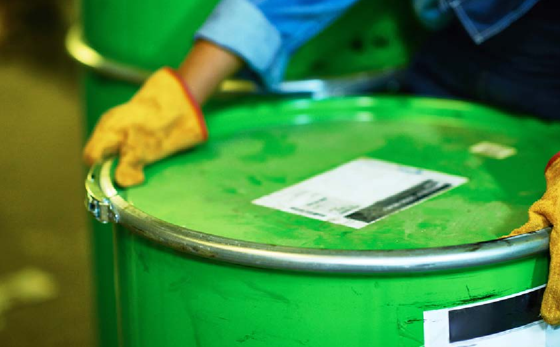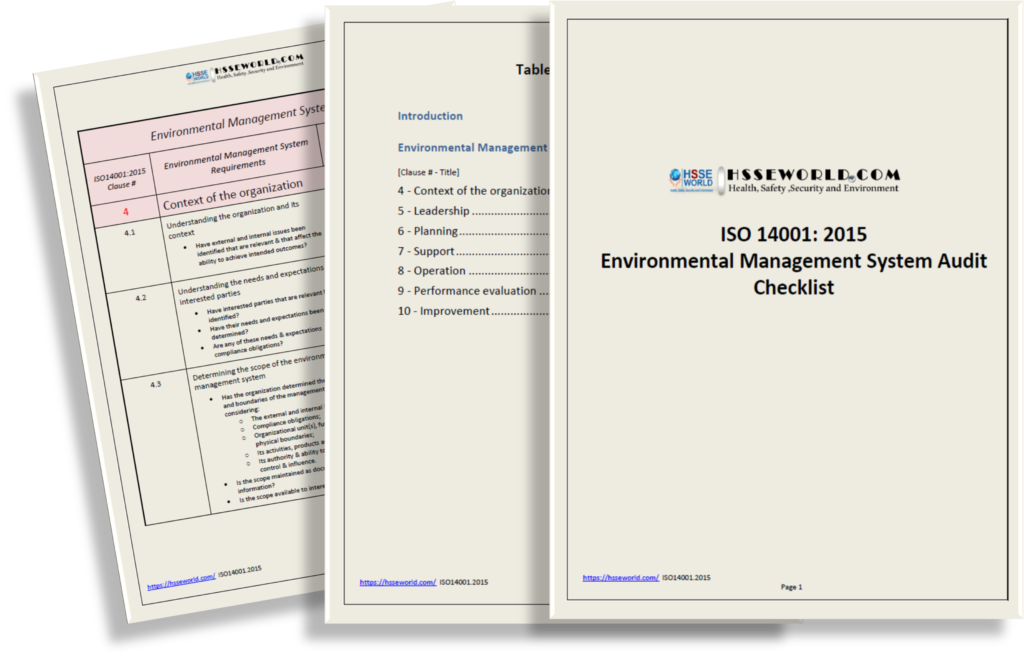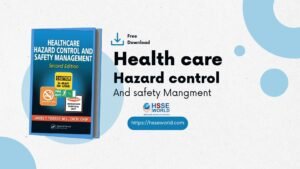Free ISO 14001:2015 Environmental Management System Audit Checklist Download
6 min readISO 14001 is an internationally agreed standard that sets out the requirements for an environmental management system. It helps organizations improve their environmental performance through more efficient use of resources and reduction of waste, gaining a competitive advantage and the trust of stakeholders. in this article, you will be able to download ISO 14001:2015 Environmental Management System Audit checklist tool and will be familiar with the following :
Also Read: ISO 45001:2018 READINESS CHECKLIST

What is an environmental management system?
An environmental management system helps organizations identify, manage, monitor, and control their environmental issues in a “ holistic ” manner. Other ISO standards that look at different types of management systems, such as ISO 9001 for quality management and ISO 45001 for occupational health and safety, all use a High-Level Structure. This means that ISO 14001 can be integrated easily into any existing ISO management system.
ISO 14001 is suitable for organizations of all types and sizes, be they private, not-for-profit, or governmental. It requires that an organization considers all environmental issues relevant to its operations, such as air pollution, water and sewage issues, waste management, soil contamination, climate change mitigation and adaptation, and resource use and efficiency.
Like all ISO management system standards, ISO 14001 includes the need for continual improvement of an organization’s systems and approach to environmental concerns. The standard has recently been revised, with key improvements such as the increased prominence of environmental management within the organization’s strategic planning processes, greater input from leadership, and a stronger commitment to proactive initiatives that boost environmental performance.
What benefits will it bring to my business or organization?
There are many reasons why an organization should take a strategic approach to improve its environmental performance. Users of the standard have reported that ISO 14001 helps :
- Demonstrate compliance with current and future statutory and regulatory requirements
- Increase leadership involvement and engagement of employees
- Improve company reputation and the confidence of stakeholders through strategic communication
- Achieve strategic business aims by incorporating environmental issues into business management
- Provide a competitive and financial advantage through improved efficiencies and reduced costs
- Encourage better environmental performance of suppliers by integrating them into the organization’s business systems
All ISO standards are revised regularly to make sure they remain relevant.
Why was ISO 14001 revised?
All ISO standards are reviewed and revised regularly to make sure they remain relevant to the marketplace. ISO 14001:2015 will respond to the latest trends, including the increasing recognition by companies of the need to factor in both external and internal elements that influence their environmental impacts, such as climate volatility and the competitive context in which they work. The changes also ensure that the standard is compatible with other management system standards.
ISO 14001 requires a greater commitment from leadership.
What are the key improvements?
ISO 14001:2015 now requires :
- Environmental management to be more prominent within the organization’s strategic direction
- A greater commitment from the leadership
- The implementation of proactive initiatives to protect the environment from harm and degradation, such as sustainable resource use and climate change mitigation
- A focus on life-cycle thinking to ensure consideration of environmental aspects from development to end-of-life
- The addition of a stakeholder-focused communication strategy
It also allows for easier integration into other management systems thanks to the same structure, terms, and definitions.
I am certified to ISO 14001:2004. What does this mean for me?
Organizations are granted a three-year transition period once the revision has been published to migrate to the new edition of the standard. After this period, if third-party certification is desired, you will have to seek certification for the new version.
For further information and guidance, refer to the International Accreditation Forum’s transition planning guidance document at www.iaf.nu.
ISO does not Perform Certification.
Should I be certified to ISO 14001?

Accredited certification to ISO 14001 is not a requirement, and organizations can reap many of the benefits from using the standard without going through the accredited certification process.
However, third-party certification – where an independent certification body audits your practices against the requirements of the standard – is a way of signaling to your buyers, customers, suppliers, and other stakeholders that you have implemented the standard properly. What’s more, for some organizations, it helps to show how they meet regulatory or contractual requirements.
Although we develop and publish standards, ISO does not perform certification. For more information about the certification process and how to find a certification body, please visit the “certification” section on Website (www.iso.org).
How do I get started with ISO 14001:2015?
A number of resources, including The ISO 14001 checklist for small businesses, provide detailed guidance on how to use the standard, but here are a few tips to get you started:
Tip 1 – Define your objectives. What do you want to achieve with this standard?
Tip 2 – Get the buy-in from senior management. It is essential that the leaders of your organization support the objectives of an effective environmental management system and are committed to the process.
Tip 3 – Get a good overview of existing processes and systems that are relevant to your environmental impact. This will form the basis of your environmental management system and allow you to more easily identify any gaps.
Also Read: The Main key differences between OHSAS 18001 and ISO 45001
Other standards in the family that might help
The ISO 14000 family comprises a number of standards that complement ISO 14001, some of which are listed below. You can also find more information in the brochure Environmental management – The ISO 14000 family of International Standards, a basic introduction to the ISO 14000 series of standards.
- ISO 14004 provides guidance on the establishment, implementation, maintenance, and improvement of an environmental management system and its coordination with other management systems.
- ISO 14006 is intended to be used by those organizations that have implemented an environmental management system in accordance with ISO 14001 but can help integrate eco-design into other management systems.
- ISO 14064-1 specifies principles and requirements at the organizational level for the quantification and reporting of greenhouse gas (GHG) emissions and removal.
Download ISO 14001:2015 Environmental Management System Audit Checklist
This Environmental Management System Assessment Checklist is a tool for understanding the requirements of ISO14001:2015 “Environmental management systems – Requirements with guidance for use”. The Checklist covers Clauses 4-10 requirements with probing questions about how an organization has addressed requirements and what objective evidence is available in support of implementation. The resulting information may be

helpful to identify areas where requirements are being met or where there may be gaps in understanding or the availability of objective evidence. Be aware that the Checklist could be a good starting point for understanding the status of implementation but is not intended to be fully comprehensive in its scope but rather to provide guidance and thought-provoking questions.
The framework used in the development of the ISO14001:2015 Standard was based on Annex SL of ISO/IEC Directives, Part 1, which defines the basic procedures (including clause numbering) to be used in the design of new ISO Standards and also when ISO Standards are revised. As a result, you will see this framework here in ISO14001:2015 as well as other management system standards as they uniformly adopt this new high-level structure (HLS).
Clauses 4-10 of the ISO14001:2015 Standard contain the requirements that organizations must meet prior to registration. The additional clauses in the Standard and the informative Annexes provide explanations, understanding, and guidance when implementing these requirements. ISO14001:2015 also has an updated list of terms and definitions which are helpful in understanding requirements and expectations.
Also Read: ISO 45001: A Managerial View
For more safety Resources Please Visit Safetybagresources



